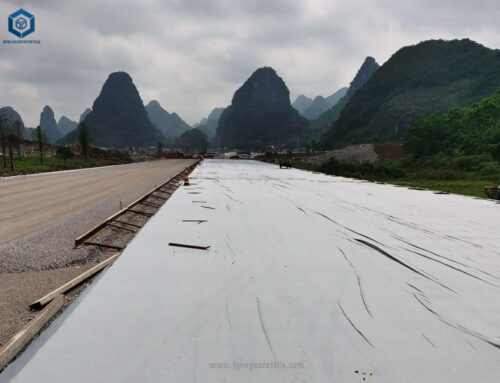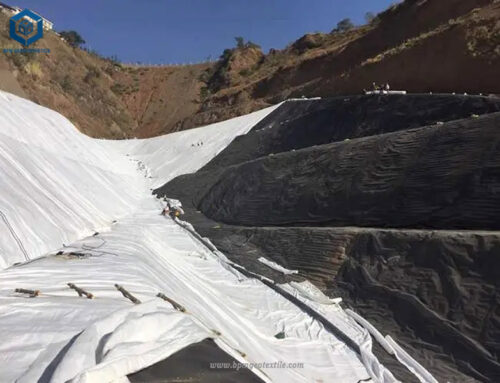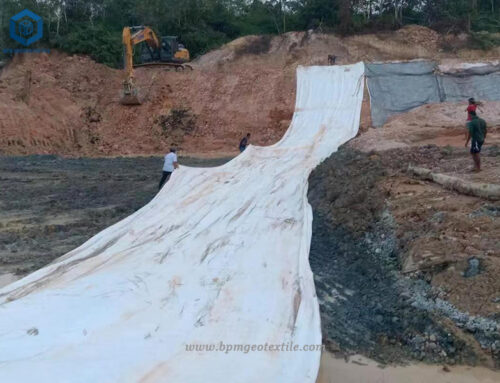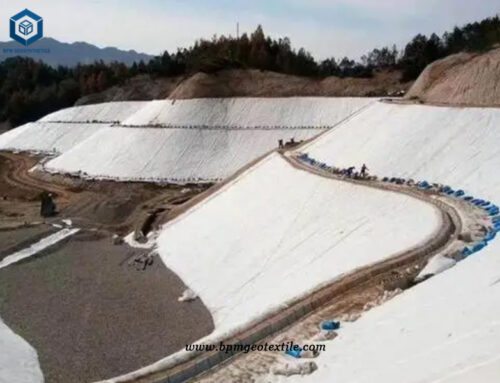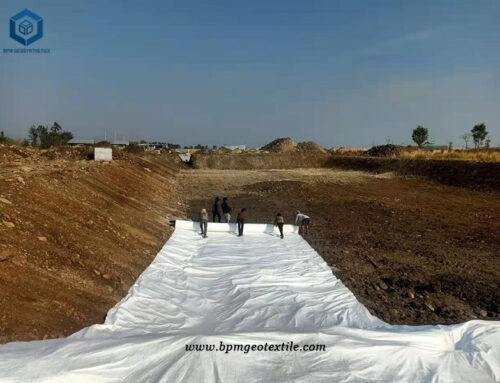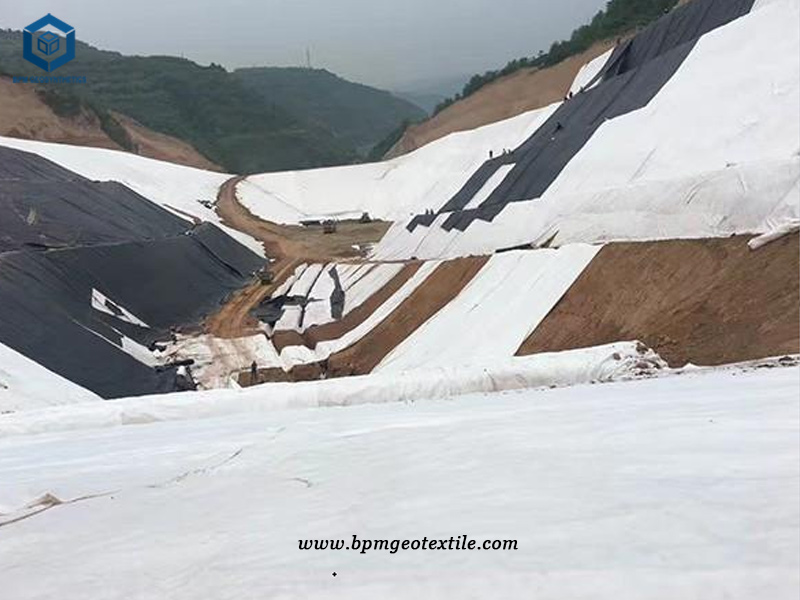
Non woven soil separator fabric, also known as non woven filament geotextile, is produced from polyester long fiber forming into net and consolidation with three dimension structure. The continuous filament non woven geotextile is the kind of new material in geotechnical and engineering project. Except for its good mechanical properties of tensile strength and puncture resistance, it also has good drainage ability, acid and alkali resistance and anti-aging. The wider opening size allows it has good separation, permeability, and filtration functions.
CASE STUDY
- Location : Peru
- Product(s) : Non woven Geotextile
- Application : Soil Separator Fabric for Tailings Treatment Project
Peru is rich in mining resources, and the mining and petrochemical energy industries are relatively developed. Peru’s economy is at the middle level in Latin America. It is a traditional agricultural and mining country. It is one of the world’s 12 largest mining countries. The reserves of copper, lead, zinc, silver, bismuth, rhenium and other mineral resources rank among the top five in the world. Mining and smelting takes an important position in the Peruvian national economy. But there are many hazards in tailings, so tailings treatment is particularly important.
Issue
The mining tailings produced contained a lot of water, slurry and sand, which generally could only be discharged into the valley near the mine site, and Taniguchi built a dam to intercept it to form a tailings pond. So there existed multiple potential threats to the tailings pond: 1. The tailings contain a variety of beneficiation residues, which will slowly penetrate into the nearby soil and affect the mountains and vegetation; 2. The tailings in the tailings pond have large amounts of fine particles. Water content, due to poor management, rainfall, earthquakes and other reasons will cause dam break, after the dam break will cause artificial debris flow, safety risks are very serious. 3. There is a large amount of water accumulated in the tailings pond, which is a waste of water resources. Various influences have led to the need for the management of the tailings pond. The Peru customer hoped that this problem can be solved effectively.
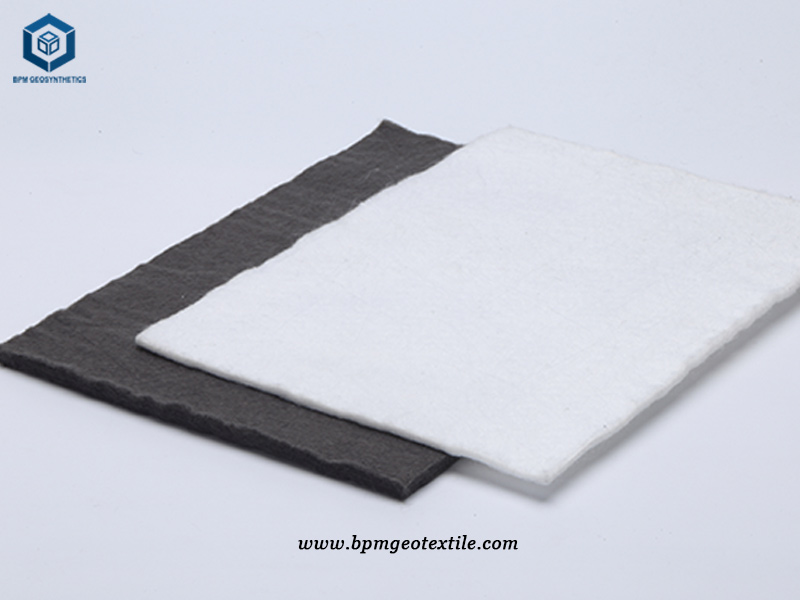
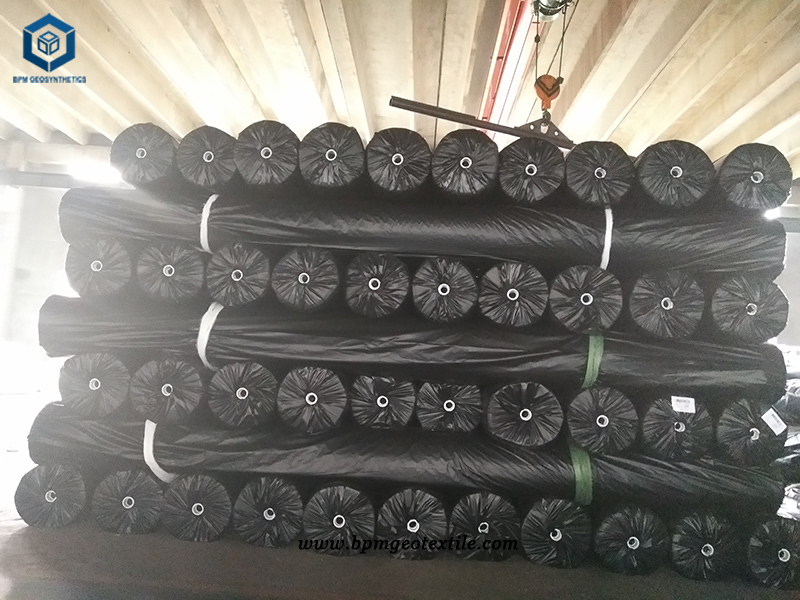
Solution
The non woven geotextiles are divided into filament geotextiles and staple fiber geotextiles. Filament geotextile is the kind cost effective soil separator fabric which does not contain chemical additives and is an environmentally friendly building material; The nonwoven filament geotextile has good mechanical functions, good water permeability, and can resist corrosion and aging, be adapted to uneven base, and resist external damage and creep. The geotextile soil separator fabric can maintain its original function under long-term load. The continuous fiber fiber geotextile fabric is mainly made of high-quality fibers. Needle-punched non-woven geotextiles of polypropylene, nylon, vinylon or mixed fibers can also be produced according to requirements. Through understanding the specific situation with the customer, and based on the specific application of the customer, we recommended the 150gsm filament geotextile to the customer. Filament geotextile soil separator fabric has the characteristics of high tensile strength, low expansion coefficient, low elongation, and large temperature adaptation range, and it has the functions of seperation, filtration, drainage, , seepage prevention and protection.
BPM recommended that the site be inspected first during installation, and the surface should be basically smooth, free of stones, plant roots, and water stains; in fact, whether it was laying filament soil separator fabric or other types of geotextiles, a comprehensive inspection of the laying area was required before installation and laying. On the one hand, it was necessary to ensure the flatness and firmness of the laying base, and on the other hand, to ensure that there is no foreign matter on the surface of the base. Once there was a foreign body, it needed to be cleaned up in time. Because only in this way can it be ensured that the geotechnical materials will not be damaged when laying. Secondly, the material size should be determined. It was inevitable that the size needed to be re-cut when laying. When determining the size, there was one thing that needed to be paid attention to, that is, the width needed to be left in a certain proportion after the size is determined. The purpose of this was to prevent some accidents during the laying process, and it was more convenient to leave the width when fixing. In addition, the material was fixed. Fixing was a very important link when laying geotextile fabric. Generally, special tools were required for fixing. As for the fixed stitches, the stitches should also be uniform, and check whether they are flat after stitching and fixing. After other safety factors were determined, it could be laid and installed.
Three bassic ways to install Geotextitle Soil Seperator Fabric
There are currently three ways to lay geotextiles: lap, stitch, and weld. The overlap width is around 25 cm, the stitching width is around 15 cm, and the welding width is around 20 cm. Before laying, the area must be measured, and the overlapping part and cutting loss part must be calculated. The geotextile of the slope is laid from top to bottom (except in special cases), that is, the geotextile is perpendicular to the bottom. Ensure the width between the cloth and the cloth to facilitate the construction during the connection operation. When constructing together with the membrane, the membrane and cloth must be buried in the anchor ditch together to prevent the landslide from falling. After installation, first use visual inspection, and mark the part that needs to be repaired with a pen to avoid the final omission.
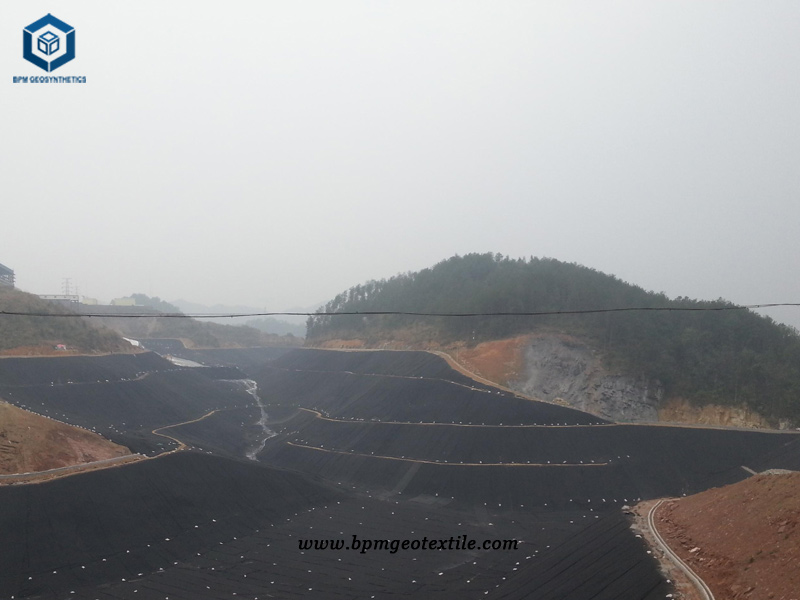
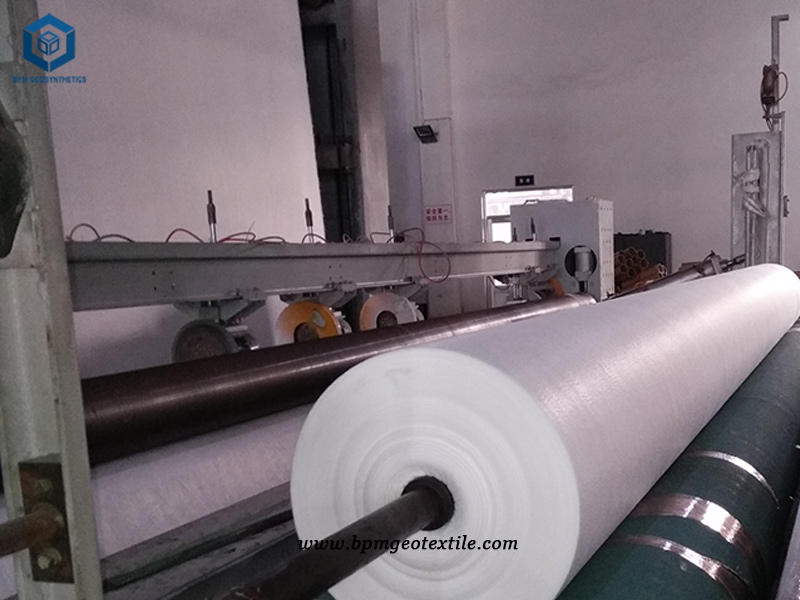
Benefits
- The geotextile soil separator fabric can play the role of permanent isolation: it can isolate the soil layer composed of different components and properties for a long time and prevent mixing, and has frost resistance and load-bearing requirements for construction.
- The non woven filament geotextile possess good filter performance and anti-corrosion performance: water can penetrate in all directions without accumulating pressure. At the same time, it can prevent soil loss, which is conducive to stability and anti-corrosion performance.
- Reliable drainage performance: Due to the fluffy structure, it can effectively control the drainage of the geotechnical engineering surface.
- The non woven filament geotextile has good protection performance: due to its good puncture resistance, extensibility and bulkiness, it can effectively protect the waterproof layer from potential mechanical damage.
- The non woven filament geotextile has Flexible separation performance: Fluffy and high strength improve the overall stability of the project and increase its strength.
Summary
Filament geotextile soil seperator fabric has good mechanical functions, good separation function, water permeability, high strength, and its tensile strength is higher than staple fiber needle-punched non-woven fabrics under the same weight specifications; corrosion resistance, anti-aging, isolation, filtration, The performance of drainage, protection, stability, and reinforcement can be adapted to uneven bases, can resist damage caused by external construction forces, have low creep, and can still maintain its original functions under long-term loads. Moreover, it has a good elongation under a certain stress, which can adapt to the uneven base surface; it can also ensure the three-dimensional porosity of the geotextile, which is conducive to the realization of excellent hydraulic properties. It is very suitable for projects such as tailings treatment and garbage filling.
Specifications of Non Woven Filament Soil Separator Fabric for Tailings Treatment Project in Peru
- Total geotextile quantity – 90,620 squares meters
- Geotextile Weight – 150gsm
- Each roll size is 6m*100m
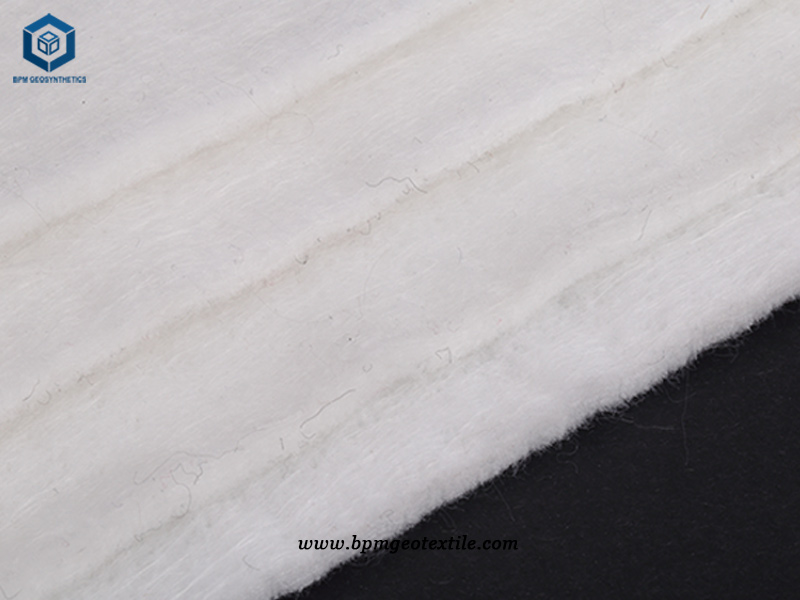
About BPM
BPM manufactures and wholesales many types of effective and states of the art geotextile, geomembrane, and other geosynthetics to over 36 countries. BPM geosynthetic products are widely used across a variety of industries including waste containment, water containment, aquaculture, industrial project, energy project and mining projects, etc. BPM main customers are from Australia, France, Sweden, UK, Hungary, New Zealand, Poland, Mexico, Ecuador, Brazil, Pakistan, Bangladesh, Thailand, Vietnam, Malaysia, Indonesia, Singapore, Philippines, Sri Lanka, India, UAE, Saudi Arabia, Qatar, Kenya, etc.
BPM is not only manufacturing best quality geosynthetic products but also providing professional design and installation service. OEM, ODM, custom development and fabrication are also available. If you have any questions or inquiries, please fill and submit the following form, we will reply as soon as possible.

